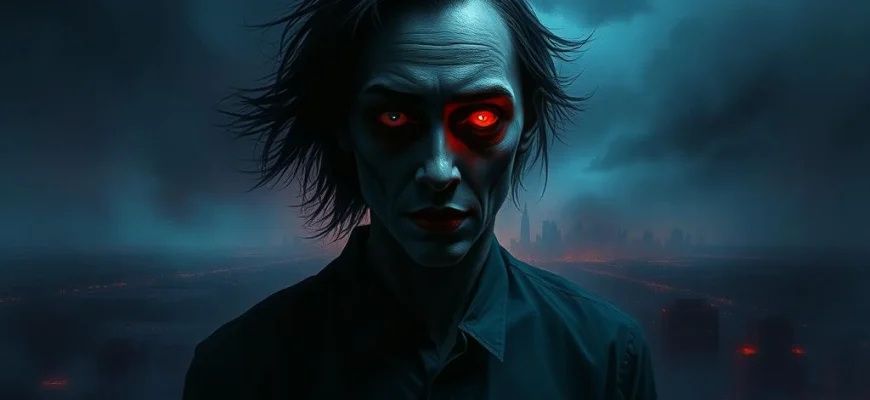If you were captivated by the chilling duality of 'The Strange Case of Dr. Jekyll and Mr. Hyde' (1968), this article is for you. We’ve curated a list of 10 gripping movies and shows that explore similar themes of identity, transformation, and psychological horror. Whether you're a fan of classic thrillers or modern twists on the human psyche, these picks will keep you on the edge of your seat.

The Cabinet of Dr. Caligari (1920)
Description: Uses expressionist visuals to depict a story of madness and control, with a narrative that blurs the line between reality and delusion.
Fact: The film's twisted, angular sets were designed to reflect the unstable mental state of the protagonist, creating a nightmarish atmosphere.
 Watch Now
Watch Now 
Nosferatu (1922)
Description: A silent horror film that explores themes of obsession and the supernatural, with a haunting portrayal of a monstrous figure.
Fact: The movie was an unauthorized adaptation of Bram Stoker's 'Dracula,' leading to a lawsuit that ordered all copies to be destroyed, though some survived.
 Watch Now
Watch Now 
The Hands of Orlac (1924)
Description: A psychological thriller about a pianist who receives the hands of a murderer, leading to a crisis of identity and fear of inherited evil.
Fact: The film's themes of bodily horror and identity crisis have influenced numerous later works in the horror genre.
 Watch Now
Watch Now 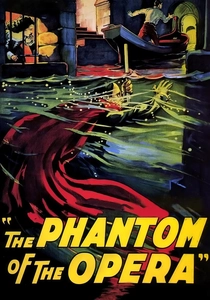
The Phantom of the Opera (1925)
Description: Features a masked figure living in the shadows, embodying the tension between beauty and horror, as well as the duality of human nature.
Fact: The unmasking scene is one of the most famous moments in silent cinema, shocking audiences with its sudden reveal of the Phantom's disfigured face.
 Watch Now
Watch Now 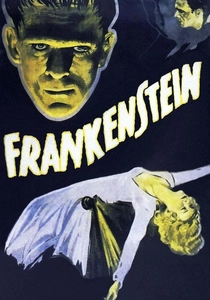
Frankenstein (1931)
Description: Delves into the consequences of playing God and the struggle between humanity and monstrosity, mirroring the internal conflict of a man and his creation.
Fact: The iconic makeup design for the Monster was inspired by a combination of surgical diagrams and the actor's own facial structure, creating a timeless look.
 Watch Now
Watch Now 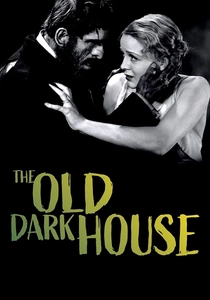
The Old Dark House (1932)
Description: A gothic horror comedy that plays with themes of family secrets and hidden identities, set in a creepy, isolated mansion.
Fact: The movie was considered lost for decades until a print was discovered in the 1960s, leading to its restoration and reevaluation as a classic.
 Watch Now
Watch Now 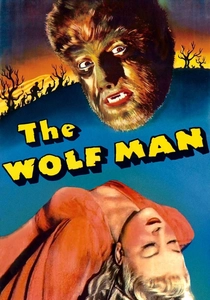
The Wolf Man (1941)
Description: Centers on a man's transformation into a beast, highlighting the struggle between his civilized self and his primal, uncontrollable alter ego.
Fact: The film introduced the now-famous werewolf lore, including the idea that a werewolf can be killed by a silver bullet.
 Watch Now
Watch Now 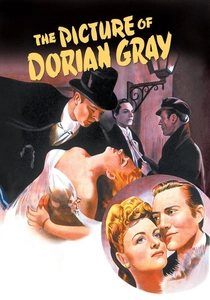
The Picture of Dorian Gray (1945)
Description: Explores themes of duality and the dark side of human nature, focusing on a man whose portrait ages while he remains youthful, reflecting his moral decay.
Fact: The film features a striking use of Technicolor for the portrait scenes, while the rest of the movie is in black and white, emphasizing the contrast between appearance and reality.
 Watch Now
Watch Now 
The Fly (1958)
Description: Examines the horrifying consequences of scientific experimentation gone wrong, with a man's transformation into a hybrid creature.
Fact: The film's climax features the iconic line 'Help me! Help me!' as the protagonist, now part fly, is caught in a spider's web.
 Watch Now
Watch Now 
The Island of Dr. Moreau (1977)
Description: Focuses on the ethical dilemmas of genetic experimentation and the blurring of lines between human and animal, showcasing the dark side of scientific ambition.
Fact: The movie's production was notoriously troubled, with reports of on-set conflicts and difficulties in bringing the animal-human hybrids to life.
 Watch Now
Watch Now 
